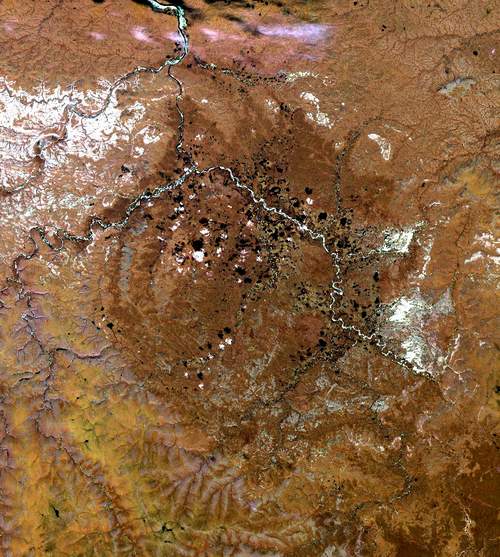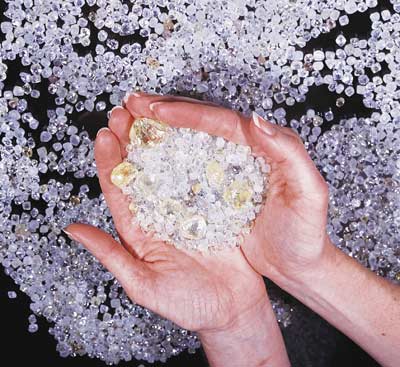Russia announced the declassification of a huge diamond deposit, twice as hard as average ones, and about 10 times bigger than the global supply available today. The sensational announcement was made by Novosibirsk scientists of the Institute of Geology and Mineralogy at the Siberian Branch of the Russian Academy of Sciences and it could detonate the entire global diamond market.
The deposit is located in a crypto-explosion structure- a hundred kilometres’ meteorite crater formed some 35 million years ago; back when they found it, in the 70s, Russian field geologists studying the place found the first evidence of the hardness of the diamonds. However, during those times, the Soviet government was determined to run a program to create synthetic diamonds, so after the initial studies were done, the data was classified and all further studies were put to a halt. However, now, over 40 years later, geologists and geophysicists believe there are enough diamonds to overturn the entire market.
“The resources of super-hard diamonds contained in rocks of the Popigai crypto-explosion structure, are by a factor of ten bigger than the world’s all known reserves. We are speaking about trillions of carats, for comparison – present-day known reserves in Yakutia are estimated at one billion carats,” he said.
Aside from the immensity of the deposit and hardness, the diamonds are also special due to their large grain size; diamonds with similar properties have not been found anywhere else in the world, and this is most likely associated with the violent birth of the field. These properties also mean they can be extremely useful for industrial purposes, especially in the creation of semiconductors and drills.
Many major corporations have already taken an interest in this massive discovery, but the Russian government will probably want to keep as much of the pie as they can.

Source
Was this helpful?





